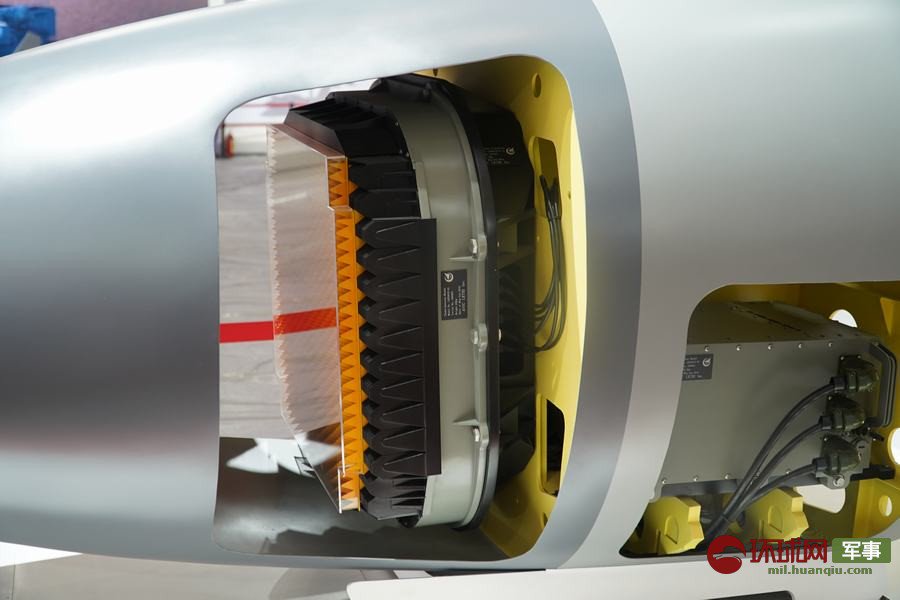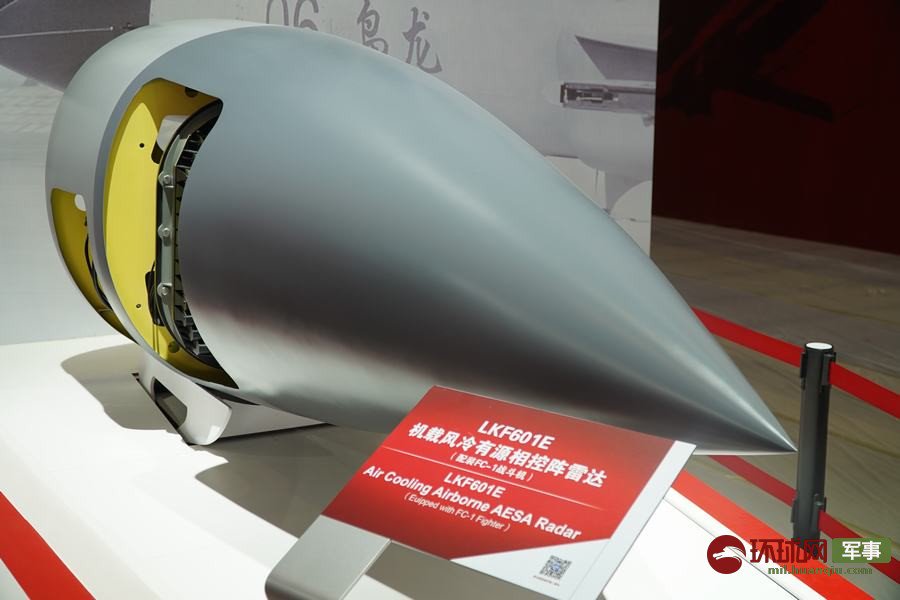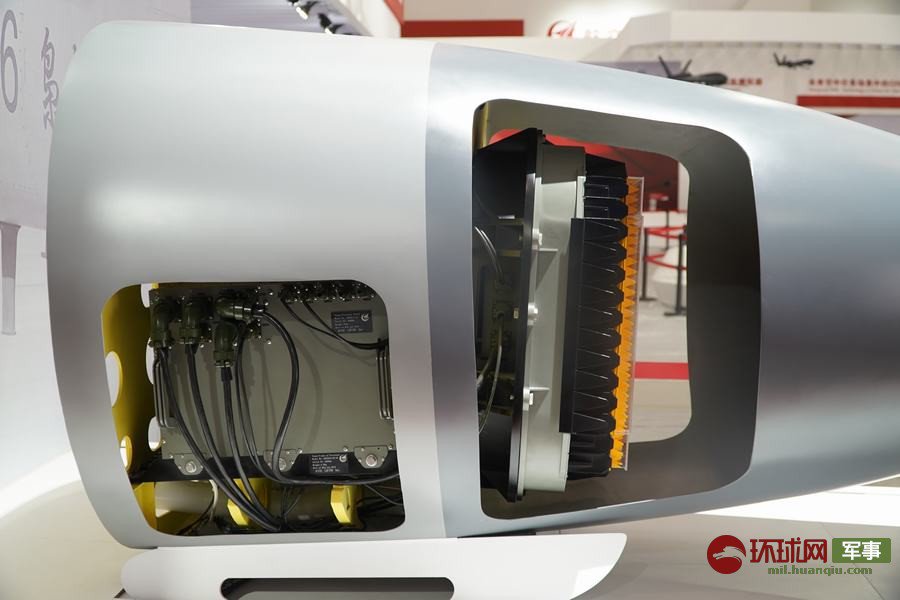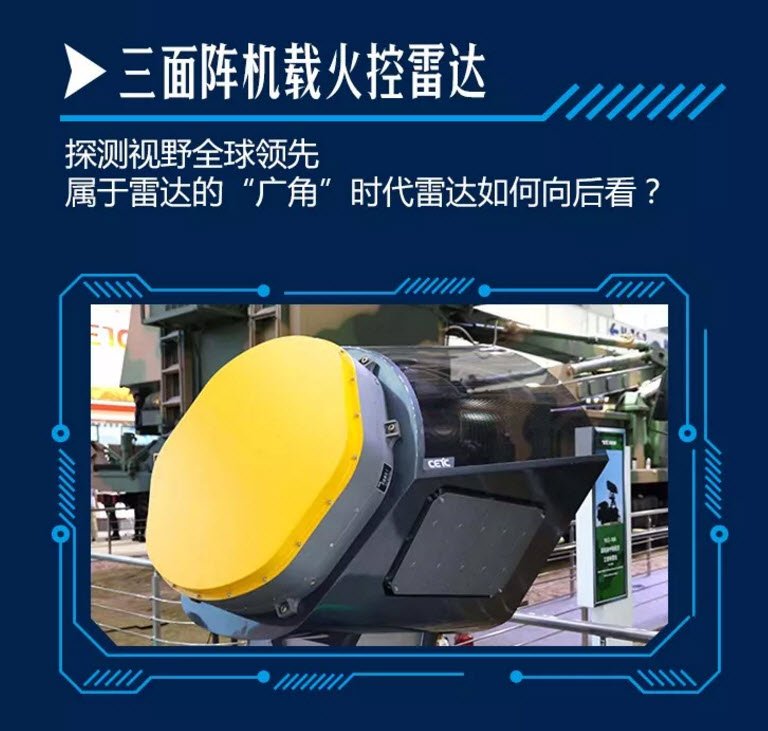Perhaps you are the one who need to research better. The UK is definitely not a world leader .... far from it
I am genuinely interested in seeing some evidence but I feel they will be very disappointing and nothing too impressive and concrete. UK's defense research for future technologies has a name. It's called the USA. They don't do it anymore because it's done far cheaper, quicker, and more effectively across the pond. UK is more a giant bank these days rather than the engineering powerhouse they once was, although a lot of talent and infrastructure remains, the drive has been displaced. I googled UK quantum photonics radar and the results came back all dodgy news article sites about China's.
UK's best home made radars are second rate compared to the US' why would they come out with photonics radars and novel means of detection before the US is beyond me. World leader is singular. Their only fighter AESA hasn't even been ordered by their own airforce or anyone else yet. It apparently still needs foreign funding in the form of an export order to finish development and testing before RAF will consider it properly. This gives a decent enough indication of how difficult high end complex projects truly are and UK's management of them - underfunded and prolonged development. No reason to expect radar/detection (less important overall considering likely threats and engagement) to be any different. By the time they finish the Tempest if they ever do, F-35s will have MLU and sixth gens will be tested or introduced in US and maybe even China. UK is not only NOT a world leader in these fields, they're truly not even second rate, behind France and Russia. Don't bother comparing with China and US. I can't understand how people still think China's radar and detection tech is "behind", it has been right behind the US for nearly 10 years now. It's probably equal level by now. We'll find more clues in year's time and then this will be confirmed in many decades time and it will become more common knowledge just how sophisticated Chinese radars and detection research was in 2018.
Last edited:






